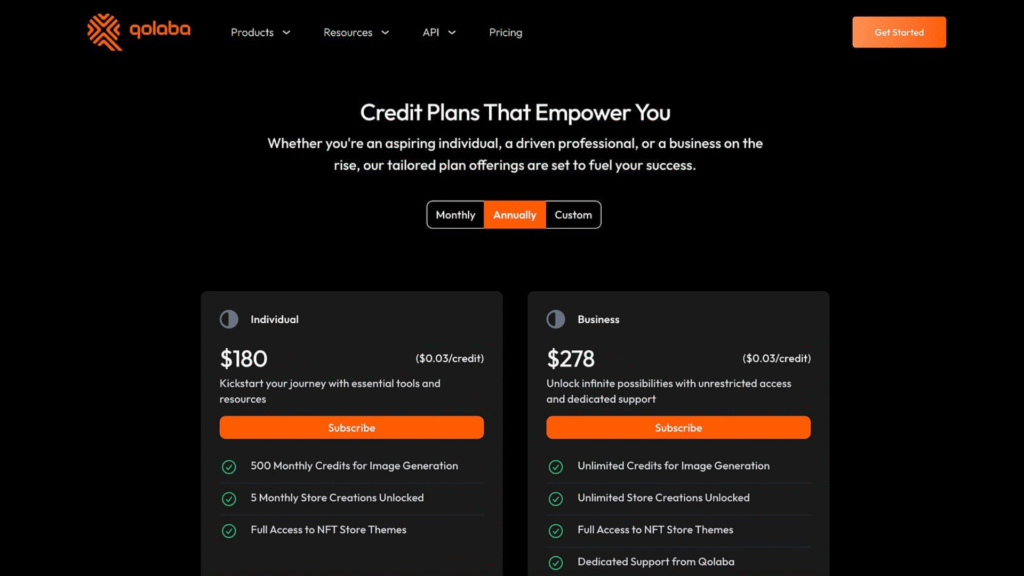The artificial intelligence tools market is projected to reach $126 billion by 2025, with businesses across all sizes investing heavily in AI-powered solutions. Effective AI tool budgeting has become critical for maximizing return on investment while avoiding overspending on unnecessary features or redundant platforms. Whether you’re a solo entrepreneur, growing startup, or enterprise organization, understanding how to allocate AI tool budgets strategically can mean the difference between transformative productivity gains and costly technology debt.
Smart AI budgeting requires understanding not just upfront costs, but ongoing expenses, integration requirements, and scalability considerations that impact long-term value and organizational efficiency.
Individual and Freelancer AI Tool Budgeting

Solo professionals and freelancers typically operate with limited budgets, requiring careful selection of AI tools that provide maximum impact across multiple business functions. The key is identifying versatile platforms that can replace multiple single-purpose tools while delivering measurable productivity improvements.
Priority Tool Categories
- Content creation and writing assistance
- Design and visual content tools
- Productivity and automation platforms
- Research and analysis tools
Cost Optimization Strategies
Focus on tools with free tiers or trial periods to test effectiveness before committing to paid plans. Look for annual subscription discounts that can reduce costs by 15-30%. Prioritize platforms that integrate well together to minimize workflow friction and reduce the need for additional tools.
ROI Measurement
Track time savings, client capacity increases, and revenue growth directly attributable to AI tool usage. Successful freelancers often see 20-40% productivity improvements that justify tool investments within the first quarter.
Small Business AI Budgeting Framework

Small businesses (5-50 employees) need scalable AI solutions that can grow with the organization while providing immediate value across multiple departments. Budget allocation should focus on tools that improve core business processes and customer experience.
Department-Based Allocation
- Marketing and content creation (40% of budget)
- Customer service and support (25% of budget)
- Sales and lead generation (20% of budget)
- Operations and productivity (15% of budget)
Essential Tool Categories
Customer relationship management with AI features, automated marketing platforms, content creation suites, and basic analytics tools form the foundation of small business AI implementations.
Scaling Considerations
Choose tools that offer user-based pricing models rather than feature-limited plans. This approach allows organic growth without requiring platform migrations as teams expand.
Mid-Size Company AI Investment Strategy

Companies with 50-500 employees require more sophisticated AI implementations that integrate across departments while maintaining security and compliance standards. Budget planning must account for training, integration, and change management costs beyond tool licensing.
- Strategic Focus Areas: Data analytics and business intelligence platforms, advanced automation workflows, specialized industry tools, and comprehensive security solutions become priorities at this scale.
- Implementation Phases: Successful mid-size companies implement AI tools in phases, starting with high-impact, low-complexity solutions before advancing to more sophisticated integrations. This approach spreads costs over time while building organizational AI competency.
- Team Training Budget: Allocate 20-30% of AI tool budget to training and change management. Employee adoption rates directly impact ROI, making education investments crucial for success.
Enterprise AI Budgeting Considerations

Large organizations (500+ employees) face complex AI budgeting challenges including regulatory compliance, security requirements, integration complexity, and diverse departmental needs. Enterprise AI budgets often exceed $50,000 monthly across all tools and implementations.
Enterprise-Specific Costs
- Custom integration and API development
- Enhanced security and compliance features
- Dedicated support and service level agreements
- Multi-region deployment and data residency requirements
- Advanced analytics and reporting capabilities
Vendor Management Strategy
Enterprise organizations benefit from consolidated vendor relationships, volume discounts, and custom pricing negotiations. Building strategic partnerships with key AI platform providers can reduce costs by 25-40% compared to standard pricing.
Risk Management
Budget for redundancy and backup solutions, especially for mission-critical AI applications. Include costs for regular security audits and compliance assessments.
Hidden AI Tool Costs to Consider

Many organizations underestimate the total cost of AI tool ownership beyond monthly subscription fees. Comprehensive budgeting requires accounting for integration, training, maintenance, and opportunity costs.
Common Hidden Expenses
- Data preparation and migration costs
- API usage fees that scale with volume
- Additional storage and computing resources
- Third-party integration development
- Ongoing maintenance and updates
- Staff training and certification programs
Integration Complexity
Budget for technical resources needed to connect AI tools with existing systems. Complex integrations can cost 2-5x the tool’s annual subscription price.
ROI Measurement and Budget Optimization

Successful AI budgeting requires continuous measurement and optimization based on actual performance metrics rather than projected benefits. Establish clear KPIs before implementation to track effectiveness accurately.
Key Performance Indicators
- Time savings per employee per tool
- Revenue increase attributed to AI capabilities
- Cost reduction through automation
- Customer satisfaction improvements
- Error rate reductions in automated processes
Budget Reallocation Strategy
Review AI tool performance quarterly and reallocate budget from underperforming tools to high-impact solutions. This dynamic approach maximizes overall portfolio value.
Qolaba AI: Credit-Based Pricing That Scales With Your Budget

Qolaba AI offers a unique credit-based pricing model that eliminates traditional per-seat costs, making it ideal for budget-conscious organizations of all sizes. Instead of paying for each user, teams pay only for actual AI usage through flexible credits, allowing unlimited collaboration without scaling penalties.
The platform’s no-code agent creation capabilities let organizations build custom AI solutions tailored to their specific needs, effectively replacing multiple expensive single-purpose tools with one unified workspace that includes access to 60+ AI models across text, image, and video generation.
Future-Proofing Your AI Budget

AI technology evolves rapidly, requiring budget flexibility to adapt to new capabilities and changing business needs. Build contingency funds for emerging technologies and plan for gradual migrations as tools improve. Consider the total cost of ownership over 3-5 year periods when evaluating AI platforms. Tools with higher upfront costs but lower long-term maintenance requirements often provide better value than initially cheaper alternatives.
Successful AI budgeting balances current needs with future growth potential, ensuring organizations can leverage advancing technology without being constrained by short-sighted budget decisions. Ready to optimize your AI tool budget with custom, cost-effective solutions? Explore Qolaba and discover how to build specialized AI agents that deliver enterprise-level capabilities at a fraction of traditional tool costs.





